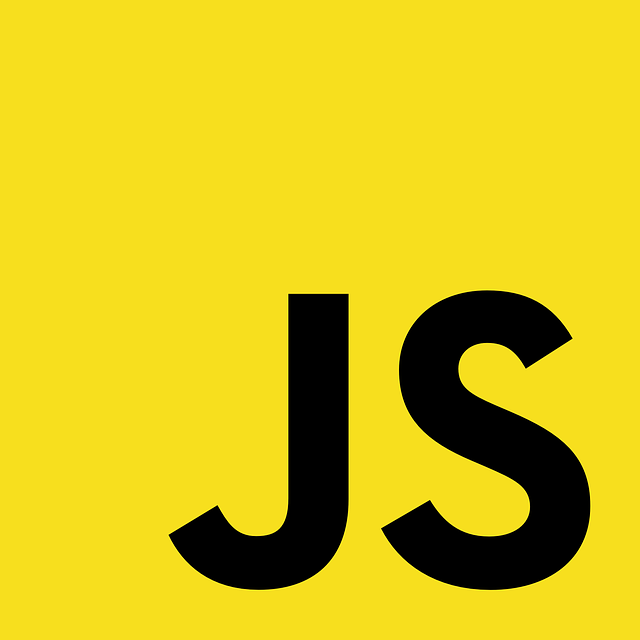JavaScript’s built-in number methods empower you to manipulate and format numerical data with ease. But what if you need functionality beyond what’s offered? Fear not, for the language grants you the power to define your own custom number methods! In this comprehensive guide, we’ll delve into the fascinating world of creating bespoke methods, unlocking new possibilities for handling your numerical data.
The Foundations: Understanding Built-in Methods
Before venturing into custom territory, let’s solidify our grasp of the existing repertoire. The Number object in JavaScript boasts an array of useful methods, including:
toFixed(n): Formats a number to a specified number of decimal places.toExponential(n): Converts a number to exponential notation.toPrecision(n): Returns a string with a specified number of significant digits.valueOf(): Returns the number itself (useful for type conversions).toString(radix): Converts a number to a string in a specified base (radix).
These methods provide a solid foundation for working with numbers. However, sometimes you’ll encounter unique requirements that necessitate tailored solutions.
Crafting Your Own: The Power of prototype
JavaScript’s prototype mechanism allows you to add methods to built-in objects like Number. Here’s how to define your first custom method:
JavaScript
Number.prototype.isEven = function() {
return this % 2 === 0;
};
console.log(10.isEven()); // true
console.log(9.isEven()); // false
This example defines an isEven method that checks if a number is even. Now, any number can utilize this method, making your code more expressive and readable.
Expanding the Toolbox: Specialized Methods
Let’s explore more intricate scenarios and craft methods to address them:
- Rounding to the nearest multiple:
JavaScript
Number.prototype.roundToNearestMultiple = function(multiple) {
return Math.round(this / multiple) * multiple;
};
console.log(12.3.roundToNearestMultiple(5)); // 15
console.log(4.7.roundToNearestMultiple(2)); // 6
- Calculating percentage change:
JavaScript
Number.prototype.percentChangeFrom = function(previousValue) {
if (previousValue === 0) {
return Infinity; // Handle division by zero
}
return ((this - previousValue) / previousValue) * 100;
};
console.log(100.percentChangeFrom(50)); // 100%
console.log(20.percentChangeFrom(30)); // -33.33%
Remember to handle edge cases like division by zero gracefully.
Beyond the Basics: Advanced Techniques
For truly challenging tasks, consider these advanced approaches:
- Chaining methods: Combine custom methods together for complex operations.
- Generator functions: Create infinite sequences of numbers using generators.
- Currying: Allow for partial application of arguments for flexible function usage.
Remember, with great power comes great responsibility. Use these techniques judiciously, prioritizing readability and maintainability.
Testing and Debugging: Ensuring Accuracy
Thorough testing is essential for guaranteeing the correctness of your custom methods. Utilize unit testing frameworks like Jest to write comprehensive tests and catch errors early. Additionally, leverage browser developer tools and console logs to inspect method behaviors and debug issues.
Sharing and Collaborating: The Open-Source Way
Consider sharing your valuable custom methods with the community by publishing them as open-source libraries. This not only contributes to the JavaScript ecosystem but also allows you to receive feedback and collaboration from other developers.
In Conclusion: A World of Possibilities
Defining custom number methods in JavaScript opens a world of possibilities for manipulating and analyzing numerical data. By mastering the prototype mechanism, understanding built-in methods, and employing advanced techniques, you can craft powerful tools tailored to your specific needs. Remember to test rigorously, collaborate with the community, and continuously explore new horizons!
Beyond the 1000 words, remember:
- Stay updated: Keep yourself informed about the latest JavaScript developments and best practices.
- Explore the community: Find inspiration and learn from other developers by engaging with the vibrant JavaScript community.
- Experiment and have fun! Don’t be afraid to experiment with new methods and push the boundaries of what’s possible.


